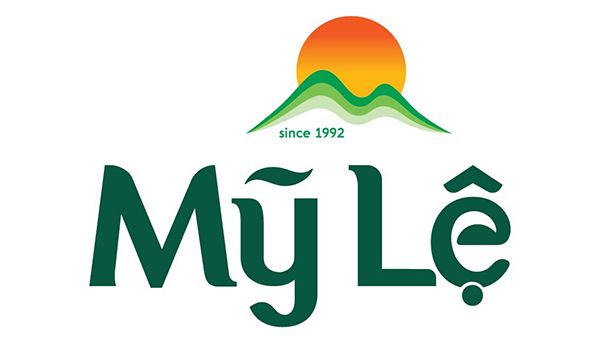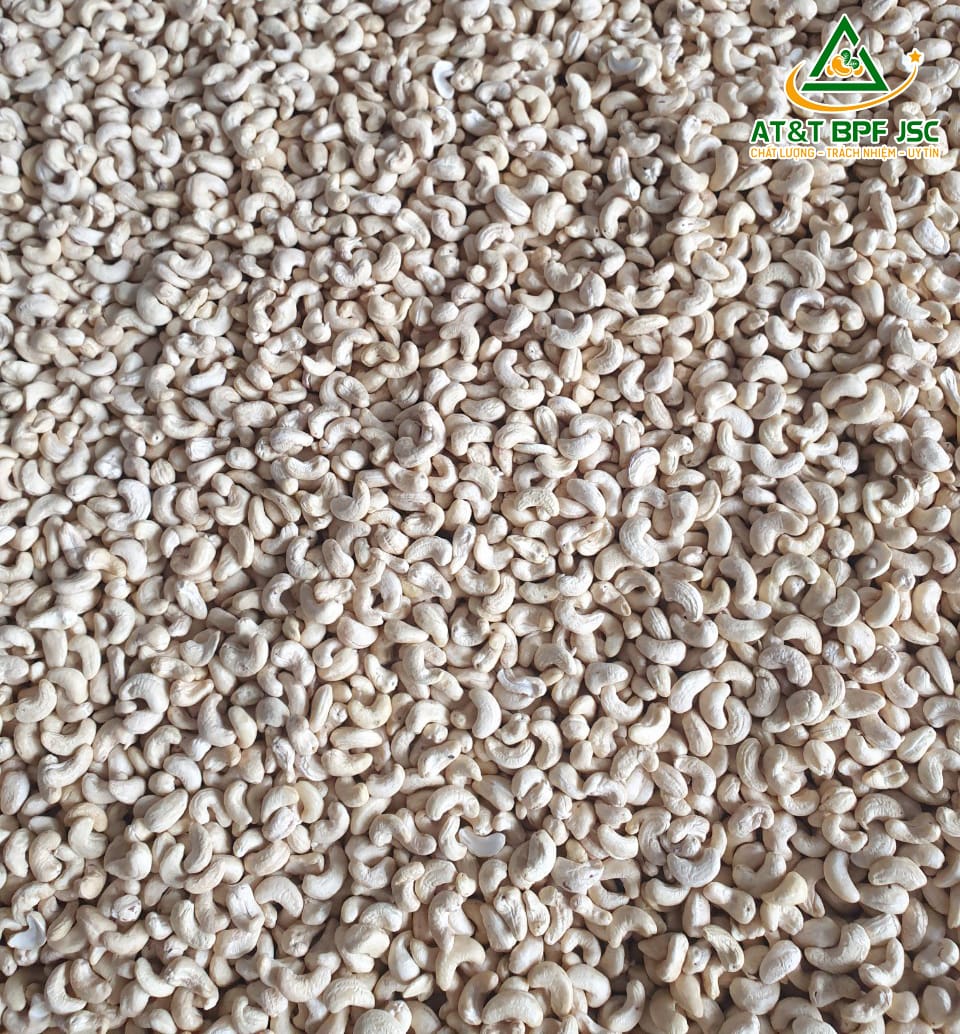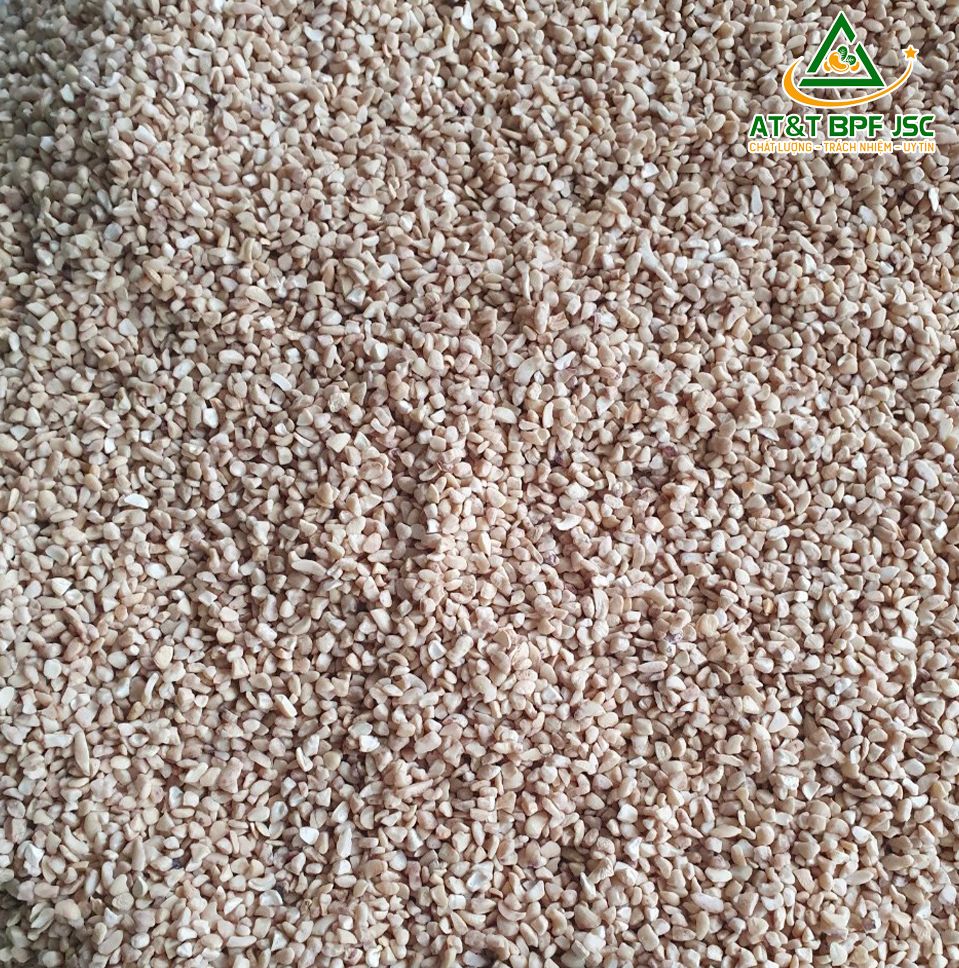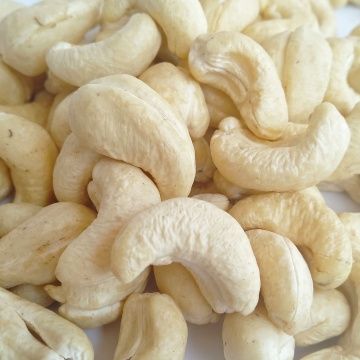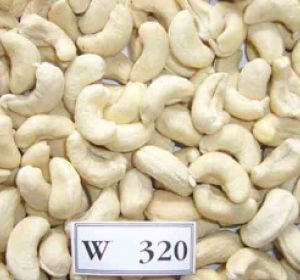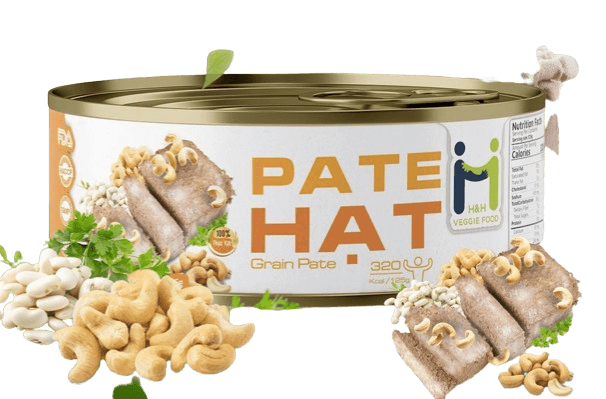
Cashew
Location:
Binh Phuoc, Viet Nam
Exported to:
US, China, and the Netherlands.
Availability Season:
The cashew tree is large and evergreen, growing to 14 metres (46 feet) tall, with a short, often irregularly shaped trunk. The leaves are spirally arranged, leathery textured, elliptic to obovate, 4–22 centimetres (1+1⁄2–8+3⁄4 inches) long and 2–15 cm (3⁄4–6 in) broad, with smooth margins. The flowers are produced in a panicle or corymb up to 26 cm (10 in) long; each flower is small, pale green at first, then turning reddish, with five slender, acute petals 7–15 millimetres (1⁄4–5⁄8 in) long. The largest cashew tree in the world covers an area around 7,500 m2 (81,000 sq ft) and is located in Natal, Brazil.[citation needed]
The fruit of the cashew tree is an accessory fruit (sometimes called a pseudocarp or false fruit). What appears to be the fruit is an oval or pear-shaped structure, a hypocarpium, that develops from the pedicel and the receptacle of the cashew flower. Called the cashew apple, better known in Central America as marañón, it ripens into a yellow or red structure about 5–11 cm (2–4+1⁄4 in) long.
The true fruit of the cashew tree is a kidney– or boxing-glove–shaped drupe that grows at the end of the cashew apple. The drupe first develops on the tree and then the pedicel expands to become the cashew apple. The drupe becomes the true fruit, a single shell-encased seed, which is often considered a nut in the culinary sense. The seed is surrounded by a double shell that contains an allergenic phenolic resin, anacardic acid—which is a potent skin irritant chemically related to the better-known and also toxic allergenic oil urushiol, which is found in the related poison ivy and lacquer tree.

